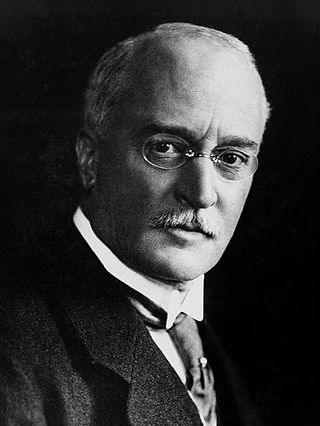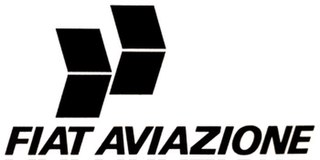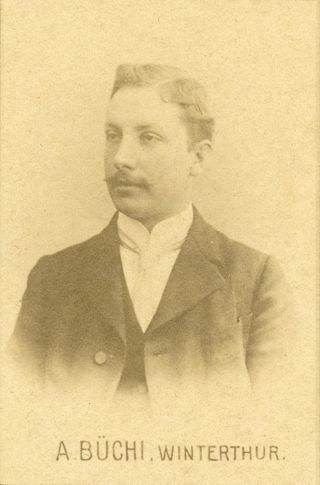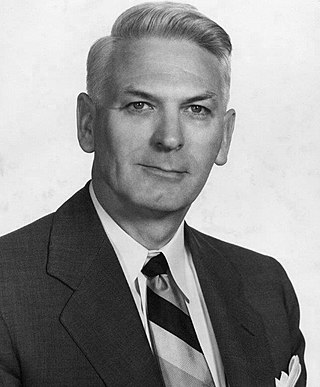Related Research Articles

Rudolf Christian Karl Diesel was a German inventor and mechanical engineer who is famous for having invented the Diesel engine, which burns Diesel fuel; both are named after him.

A diesel locomotive is a type of railway locomotive in which the power source is a diesel engine. Several types of diesel locomotives have been developed, differing mainly in the means by which mechanical power is conveyed to the driving wheels. The most common are diesel-electric locomotives and diesel-hydraulic.

Sulzer Ltd. is a Swiss industrial engineering and manufacturing firm, founded by Salomon Sulzer-Bernet in 1775 and established as Sulzer Brothers Ltd. in 1834 in Winterthur, Switzerland. Today it is a publicly traded company with some 180 manufacturing facilities and service centers around the world. The company's shares are listed on the Swiss Stock Exchange.

The Derby Works comprised a number of British manufacturing facilities designing and building locomotives and rolling stock in Derby, England. The first of these was a group of three maintenance sheds opened around 1840 behind Derby station. This developed into a manufacturing facility called the Midland Railway Locomotive Works, known locally as "the loco" and in 1873 manufacturing was split into locomotive and rolling stock manufacture, with rolling stock work transferred to a new facility, Derby Carriage & Wagon Works.

Avio S.p.A. is an Italian company operating in the aerospace sector with its head office in Colleferro near Rome, Italy. Founded in 1908, it is present in Italy and abroad with different commercial offices and 10 production sites. Avio operates in:

The 508 Balilla was a compact car designed and developed by Fiat in 1932. It was, effectively, the replacement of the Fiat 509, although production of the earlier model had ceased back in 1929. It had a three-speed transmission, seated four, and had a top speed of about 50 mph (80 km/h). It sold for 10,800 lire. About 113,000 were produced.
György Jendrassik or in English technical literature: George Jendrassik was a Hungarian physicist and mechanical engineer.

Burckhardt Compression AG is a Winterthur-based Swiss firm specialising in reciprocating compressors. According to the enterprise, it is the world leader in this field, with its products being used around the world in various industrial applications.

Dante Giacosa was an Italian automobile designer and engineer responsible for a range of Italian automobile designs — and for refining the front-wheel drive layout to an industry-standard configuration.

Ansaldo was one of Italy's oldest and most important engineering companies, existing for 140 years from 1853 to 1993.

Giuseppe Busso was an Italian mechanical and engine designer mostly known for his tenure at Alfa Romeo and Ferrari.

Fiat Aviazione was an Italian aircraft manufacturer, at one time part of the Fiat group, focused mainly on military aviation. After World War I, Fiat consolidated several Italian small aircraft manufacturers, like Pomilio and Ansaldo. Most famous were the Fiat biplane fighter aircraft of the 1930s, the Fiat CR.32 and the Fiat CR.42. Other notable designs were the fighters CR.20, G.50, G.55 and a bomber, the Fiat BR.20. In the 1950s, the company designed the G.91 light ground attack plane.

Adolf Klose was the chief engineer of the Royal Württemberg State Railways in southern Germany from June 1885 to 1896.
Alan Ernest Leofric Chorlton was a British mechanical engineer and Conservative Party politician, and was involved in the development of the internal combustion engine.
Giorgio Garuzzo, born in 1938 in Paesana, a small village in the Piedmont Alps near Cuneo, is an Italian electronics engineer, manager and industrialist, who took a central part in some of the most important developments in Italian industry in the past 50 years.

Alfred Büchi was a Swiss engineer and inventor. He was best known as the inventor of turbocharging. Büchi was born July 11, 1879, in Winterthur, Switzerland, growing up there and in Ludwigshafen. He was the son of Johann Büchi, a chief executive at Swiss industrial engineering and manufacturing firm Sulzer.

This article covers the History of Sulzer diesel engines from 1898 to 1997. Sulzer Brothers foundry was established in Winterthur, Switzerland, in 1834 by Johann Jakob Sulzer-Neuffert and his two sons, Johann Jakob and Salomon. Products included cast iron, firefighting pumps and textile machinery. Rudolf Diesel was educated in Augsburg and Munich and his works training was with Sulzer, and his later co-operation with Sulzer led to the construction of the first Sulzer diesel engine in 1898. In 2015, the Sulzer company lives on but it no longer manufactures diesel engines, having sold the diesel engine business to Wärtsilä in 1997.

Robert Thomas Sawyer was the inventor of the first successful gas turbine locomotive.
Peter Emil Huber-Werdmüller was a Swiss industrialist who founded the engineering company Maschinenfabrik Oerlikon. He was the son of Johann Rudolf Huber, a Zurich silk manufacturer and studied mechanical engineering from 1855 at the Swiss Federal Polytechnic Institute in Zurich. In 1858 he received his diploma as an engineer and then supplemented his knowledge at the Conservatoire National des Arts et Métiers in Paris. He was also in England for a long time, where he was able to acquire more knowledge.

Nicola Materazzi was an Italian mechanical engineer who developed several sports and racing cars, including the Ferrari 288 GTO, Ferrari F40, Bugatti EB110, and B Engineering Edonis. He was one of Italy's leading turbocharging specialists from the mid 1970s, a respected sports car and motorcycle engineer and is sometimes referred to as "Mr F40" or the "father of the F40".
